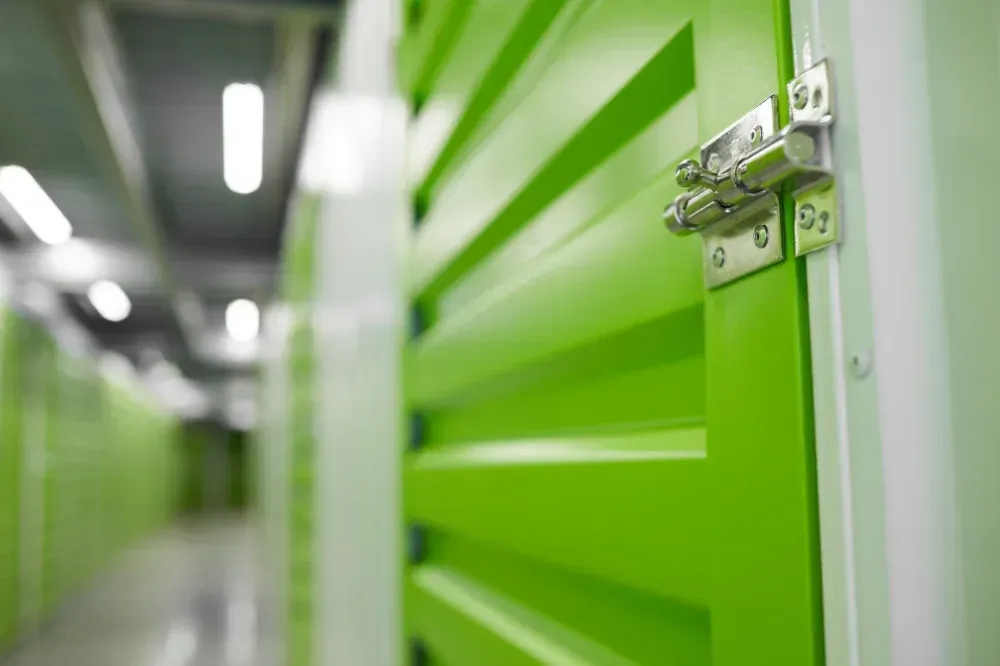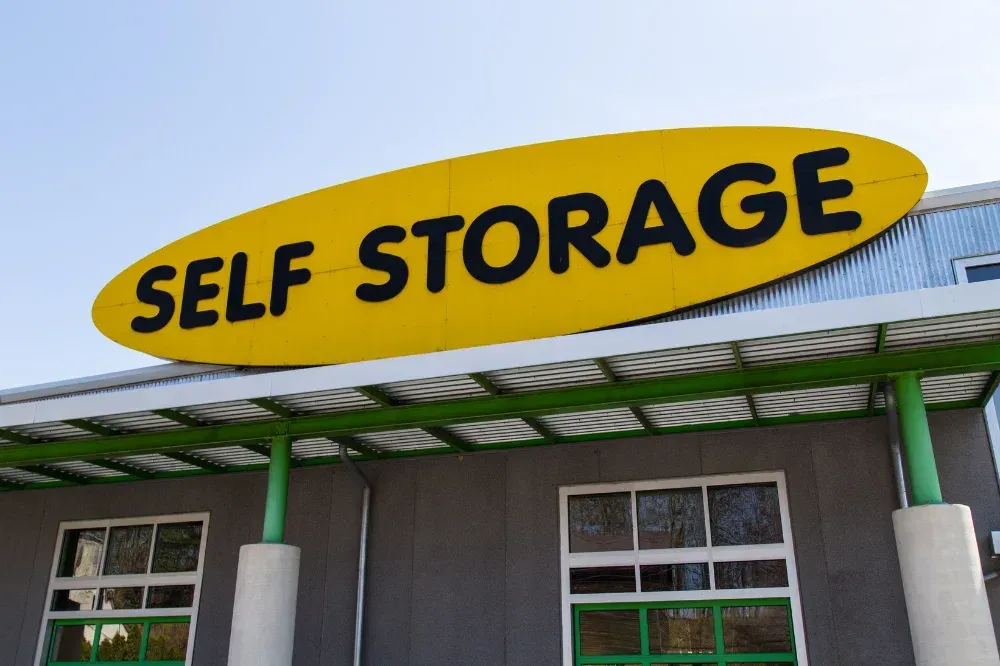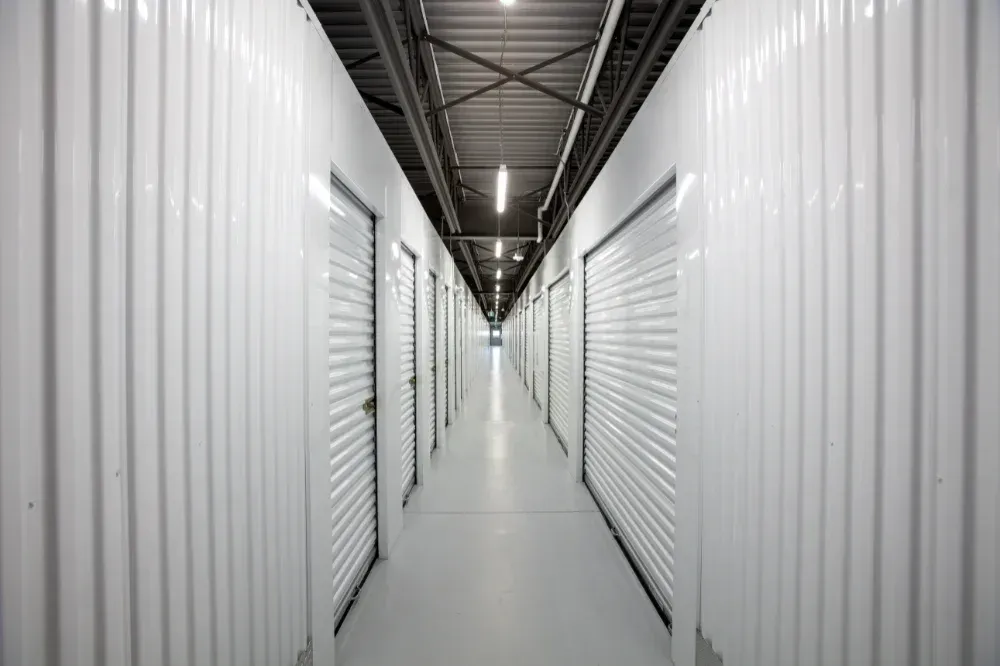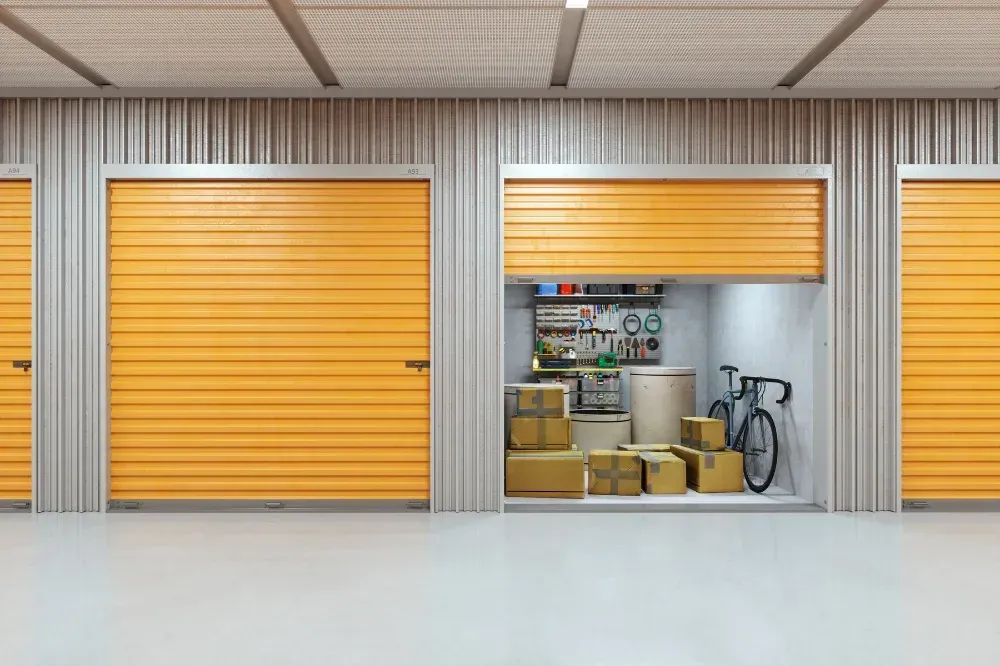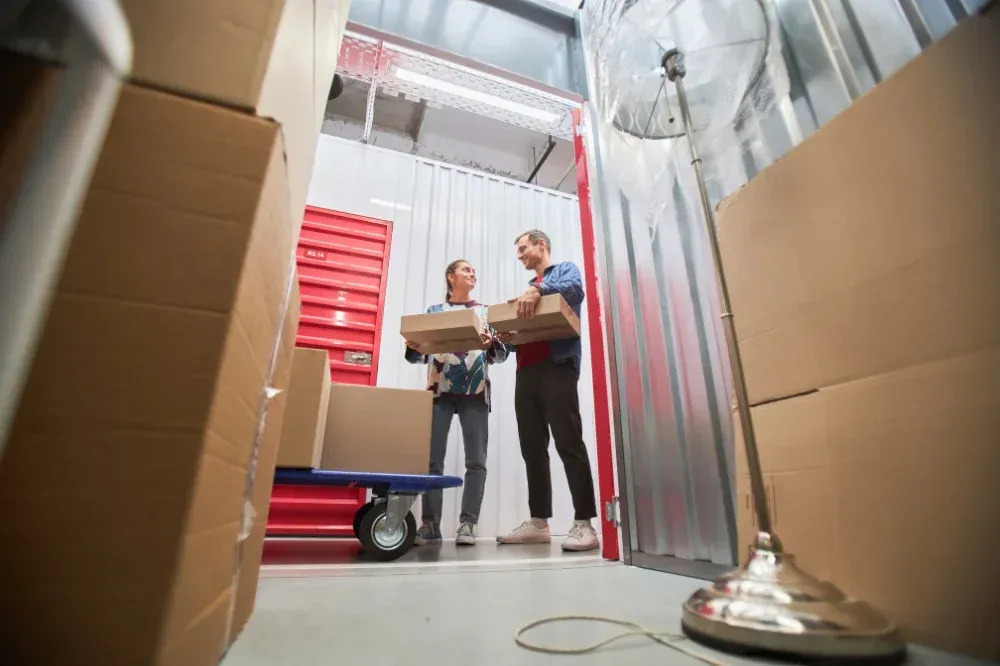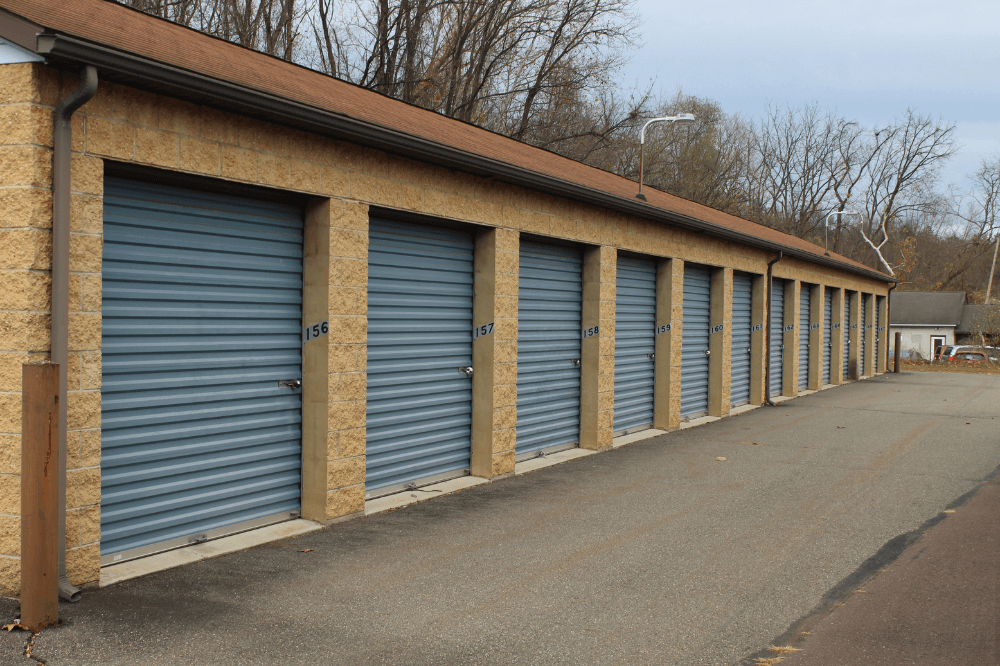How Secure Is a Self-Storage Facility? A Look at Safety Features
How Secure Is a Self-Storage Facility?
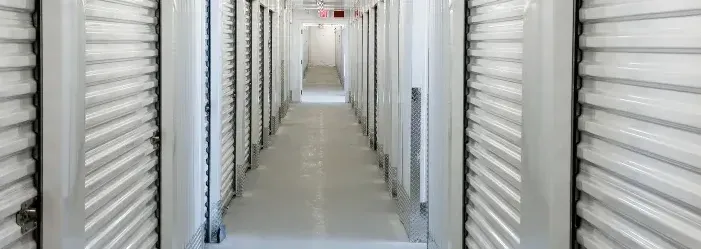
Self-storage facilities provide an invaluable service for individuals who need additional space to store their personal belongings, from furniture and appliances to valuable documents and treasured memories. With a growing number of people relying on these spaces to secure their goods, a significant concern often arises: how secure are these self-storage units? Security is a top priority for anyone renting a storage unit, especially for those storing valuable or sentimental items. This article will delve into the various security features that modern storage facilities employ, from physical barriers to cutting-edge technology, to ensure the safety of your belongings.
Physical Security Features
Gated Access
One of the first lines of defense at any self-storage facility is gated access. Most storage facilities utilize controlled entry points with gates that restrict access to authorized personnel only. The entrance is typically monitored by security personnel or controlled by electronic systems. Common access methods include key cards, personal PIN codes, or key fobs. This ensures that only people who have been granted permission can enter, reducing the risk of unauthorized individuals wandering into the premises.
Perimeter Fencing
A well-maintained and sturdy perimeter fence is another essential physical security feature. It acts as a clear deterrent to potential intruders by creating a physical barrier that is difficult to breach. Fences are typically made of chain-link or steel, with barbed wire or razor wire running along the top to prevent scaling. These fences are not only an obstacle for thieves but also provide a visual deterrent for anyone considering breaking into the facility.
High-Security Locks
When it comes to securing the individual storage units themselves, the type of lock used is crucial. Traditional padlocks may seem sufficient, but they are relatively easy to cut or tamper with. High-security locks, such as disc locks or cylinder locks, provide much stronger protection. These locks are more resistant to cutting and tampering due to their reinforced design, making it far more difficult for an unauthorized person to access your storage unit. Many self-storage facilities even require tenants to use specific high-security locks as an added layer of protection.
Surveillance and Monitoring
CCTV Cameras
One of the most common security features in modern self-storage facilities is the use of surveillance cameras. Closed-circuit television (CCTV) cameras are strategically placed around the facility to monitor key areas such as entry points, hallways, and the storage units themselves. These cameras provide a constant eye over the premises, helping to deter criminal activity. Furthermore, in the event of suspicious behavior or a break-in, the footage captured by these cameras can provide valuable evidence for law enforcement.
On-Site Security Personnel
For some premium storage facilities, the security goes beyond cameras. Many of these facilities employ security guards to patrol the premises regularly. These guards can monitor entry logs, check for any irregularities, and respond quickly to any suspicious activity. Their presence serves as a powerful deterrent to potential criminals who might be considering targeting the storage facility. The combination of human surveillance and technological monitoring provides an additional layer of security that reinforces the facility’s overall protection.
Remote Monitoring
In addition to on-site security personnel, many storage facilities have adopted remote monitoring systems that allow facility managers or security personnel to oversee activities from a distance. Using advanced security technology, these systems can detect unusual movements, unauthorized access attempts, or other potential threats. When an alert is triggered, the remote monitoring team can respond immediately to prevent theft or damage. This type of monitoring also allows for greater efficiency, as facility managers don’t need to be physically present to oversee security.
Access Control Measures
Electronic Keypads and Smart Locks
Gone are the days of relying solely on physical keys. Many modern self-storage facilities now use electronic keypads, smart locks, or mobile app-based systems to enhance security. These systems allow tenants to enter their personal codes or use mobile apps to access their storage units. The added benefit of these digital systems is that tenants can easily track entry logs, providing transparency regarding who accessed their unit and when. If someone attempts to access the unit without permission, the system can trigger an alert.
Biometric Access
For high-end storage facilities, biometric access control has become a valuable security feature. This system relies on unique biological traits—such as fingerprints or facial recognition—to grant access to individuals. With biometric access, only those who have been registered in the system are allowed entry, ensuring that unauthorized individuals cannot access specific areas or units. This highly secure form of access is especially beneficial in facilities with valuable or high-risk items.
Individual Unit Alarms
Many self-storage facilities are taking security one step further by installing individual alarms on each unit. These alarms are triggered if someone attempts to tamper with the unit or gain unauthorized access. Once the alarm goes off, it alerts security personnel, who can respond immediately. This extra layer of protection ensures that even if someone manages to bypass the main gate or entry system, they still can’t gain access to a unit without triggering an alarm.
Fire and Environmental Safety
Fire Suppression Systems
While protecting against theft is a priority, it’s also essential to consider other potential hazards, such as fires. Many modern storage facilities are equipped with fire suppression systems, including smoke detectors, fire alarms, and sprinkler systems. These features are designed to minimize damage in the event of a fire by detecting smoke or heat early on and taking immediate action to control the blaze. In addition, fire-resistant materials are often used in the construction of the units to reduce the risk of fire spreading.
Climate Control and Environmental Sensors
For individuals storing sensitive items such as electronics, documents, or fine art, climate-controlled units are a must. These specialized units regulate temperature and humidity levels to ensure that delicate items are stored in optimal conditions. Advanced environmental sensors monitor the internal conditions of the unit to prevent the growth of mold, mildew, or rust, all of which could cause irreparable damage to your belongings. For businesses or individuals storing high-value items, these climate-controlled units offer peace of mind, knowing that environmental factors are being carefully monitored.
Customer Safety and Best Practices
Well-Lit Facilities
Security is not only about protecting against theft; it’s also about ensuring the safety of tenants while they are on the property. A well-lit facility plays a critical role in discouraging criminal activity and providing safe access to storage units. Lighting in hallways, parking lots, and access points ensures that tenants can navigate the premises easily, especially at night. It also creates a sense of security, knowing that the area is brightly lit and monitored.
Personal Security Tips for Renters
While storage facilities offer a variety of robust security features, renters can also take extra steps to safeguard their belongings. Some essential tips include:
- Use a high-quality lock: As mentioned earlier, a high-security disc or cylinder lock offers the best protection.
- Don’t share access codes: Sharing your access code or lock combination can compromise security. Keep this information private.
- Visit during business hours: If possible, visit the facility during business hours when staff are present and security measures are most active.
- Consider insurance: For added peace of mind, it’s wise to insure valuable items stored in your unit.
Choosing a Secure Storage Facility
When selecting a storage facility, security should be one of your top priorities. Consider asking the following questions before renting:
- Does the facility have 24/7 surveillance?
- Are there security guards or remote monitoring?
- What type of access control is in place (keypads, smart locks, biometrics)?
- Are the premises well-lit and securely fenced?
- Does the facility offer climate-controlled units or insurance for your items?
Conclusion
A secure self-storage facility combines a wide range of security features to protect your belongings. From physical barriers like gated access and perimeter fencing to advanced technology such as smart locks, surveillance cameras, and biometric access, modern facilities offer a multi-layered approach to safety. While no facility can offer 100% security, choosing a well-equipped facility with strong security measures can significantly reduce the risk of theft or damage. Be sure to do your research, inquire about security features, and take personal precautions to ensure your belongings are kept safe.
FAQs
- What type of lock should I use for my storage unit?
The best options are disc locks or cylinder locks, as they are difficult to cut or tamper with.
- Are self-storage units safe from theft?
While no facility is entirely theft-proof, those with advanced security measures like surveillance cameras, gated access, and individual unit alarms provide a high level of protection.
- How can I make my storage unit more secure?
Use a high-quality lock, keep access codes confidential, visit during business hours, and consider insuring valuable items.
- Do storage facilities have insurance for theft?
Most facilities offer insurance plans, but it’s always best to check the policy details and consider additional coverage for high-value items.
- Can I access my storage unit at any time?
It depends on the facility. Some offer 24/7 access, while others have set hours to provide additional security.

